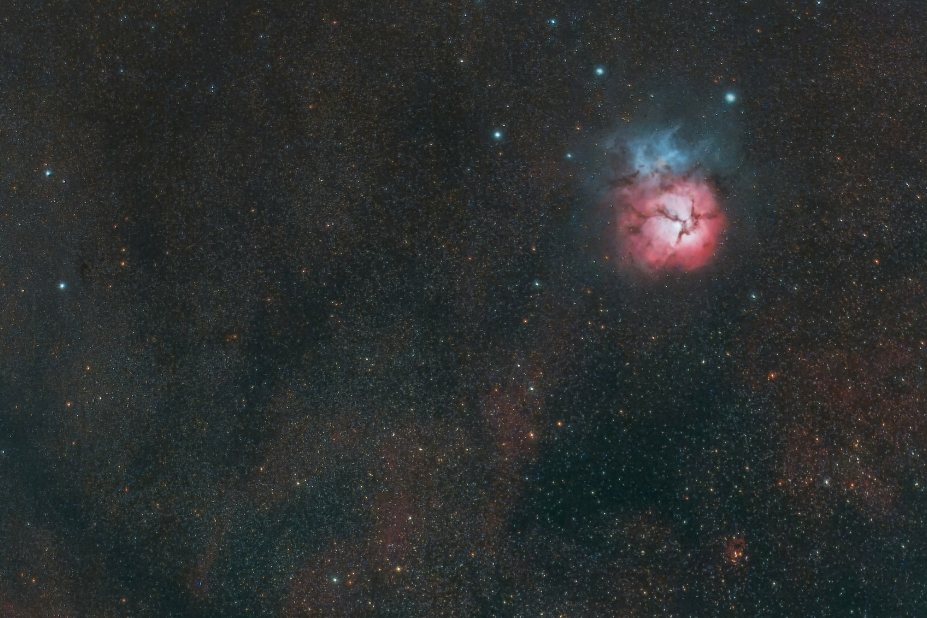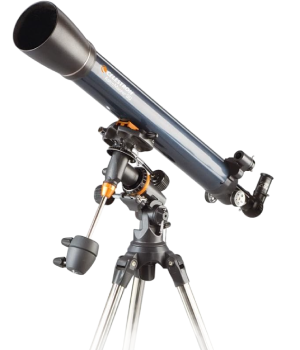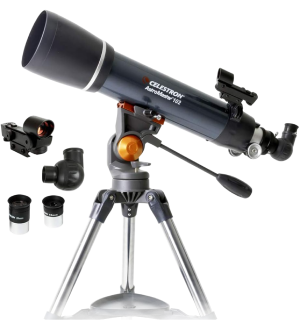For astronomy enthusiasts ready to look beyond the Moon and planets, deep sky objects (DSOs)—like galaxies, star clusters, and nebulae—open a new window into the cosmos. These mesmerizing sights can be observed with the right telescope and some beginner-friendly techniques.
Discover the Universe Beyond the Moon and Planets

This guide is perfect for newcomers looking to unlock the secrets of the night sky without needing a Ph.D. in astrophysics.
Whether you're using a budget-friendly telescope or an advanced GoTo model, we'll walk you through the essential tools, how to choose one, and which models help beginners locate DSOs with ease.
✨ James Webb Nebula Gallery
Best Telescopes for Finding Deep Sky Objects (DSOs)
| Telescope | Features | Ideal For | DSOs You Can See |
|---|---|---|---|
| Celestron Astro-Fi 130mm Newtonian Reflector | - 130mm aperture for excellent light gathering - Fully automated GoTo mount with 120,000+ object database - StarSense technology for quick alignment | Beginners who want ease of use and mobile control | Orion Nebula, Andromeda Galaxy, Hercules Cluster |
| Sky-Watcher Heritage 130P FlexTube | - 130mm parabolic mirror with collapsible design - Manual tracking encourages learning sky navigation - Portable and backyard-friendly | Budget-conscious stargazers who love hands-on control | Lagoon Nebula, Ring Nebula, M13 |
| Orion StarBlast II 4.5 EQ Reflector Telescope | - 114mm aperture with equatorial mount - Includes multiple eyepieces and finderscope - Great optics at a low price | Beginners who want a traditional feel and smooth tracking | Whirlpool Galaxy, Beehive Cluster, Dumbbell Nebula |
| Zhumell Z114 Portable Altazimuth Reflector | - 114mm aperture in grab-and-go form - Red dot finder and two Kellner eyepieces - Simple altazimuth mount | Casual observers and young learners | Omega Centauri, M81, M82 |
| Celestron NexStar 6SE Computerized Telescope | - 150mm Schmidt-Cassegrain optics - GoTo mount with automatic tracking - SkyAlign for easy setup | Beginners looking for long-term upgrade potential | Eagle Nebula, Triangulum Galaxy, Crab Nebula |
Ready to Explore the Cosmos?
Deep sky observing is an unforgettable experience that brings the vastness of the universe a little closer. Whether you’re looking for something compact, tech-savvy, or classic, there’s a telescope for every level of stargazer.
Can't Sleep?
Celestron AstroMaster 90EQ Review: A Reliable Refractor Telescope for Beginner Stargazers
Buying Guide: How to Choose a Telescope for Deep Sky Viewing
When choosing a telescope for deep sky objects, consider the following:
🔹 Aperture Size
The larger the aperture (in mm), the more light your telescope gathers. This is crucial for seeing dim DSOs. Aim for at least 114mm; 130mm+ is better.
🔹 Mount Type
Altazimuth Mounts are simpler for beginners but may lack precision.
Equatorial Mounts allow for smoother tracking of objects as the Earth rotates.
GoTo Mounts automatically locate and track DSOs—ideal for those with light-polluted skies.
🔹 Portability
If you plan to stargaze in remote dark-sky locations, look for a telescope that’s compact and lightweight.
🔹 Optical Design
Reflectors (Newtonians) offer more aperture per dollar.
Compound (Schmidt-Cassegrain) designs are compact and versatile.
🔹 Budget
Expect to spend between $150 to $800 for a quality beginner telescope suitable for deep sky objects. GoTo models usually start at $400.


